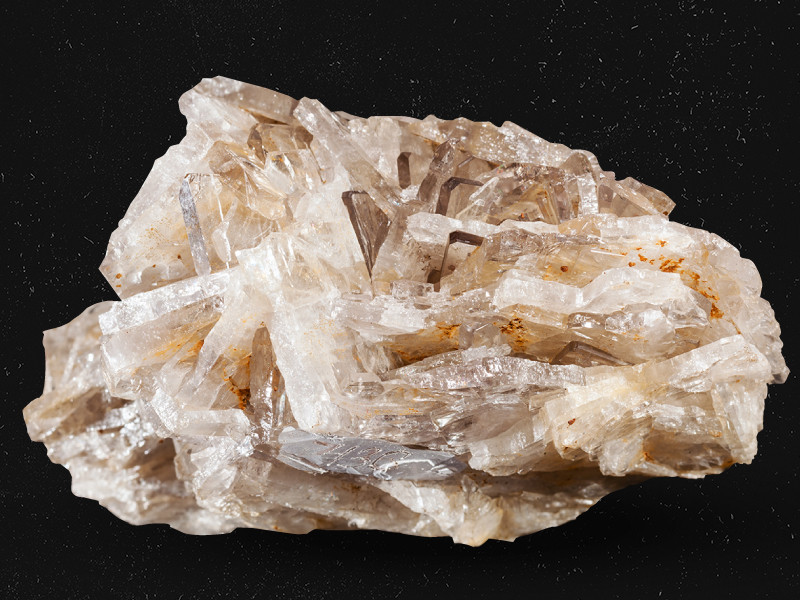
Benefits and Applications of High-Quality Refined Kaolin in Various Industries
Understanding Refined Kaolin Properties, Applications, and Benefits
Kaolin, also known as china clay, is a naturally occurring mineral predominantly composed of kaolinite, a layered silicate mineral. It is formed through the weathering of aluminosilicate minerals and is characterized by its fine particle size, high brightness, and excellent plasticity. Refined kaolin is a processed form of this mineral, designed to meet specific industrial and commercial applications by enhancing its properties through various techniques such as air classification and chemical treatment.
One of the primary advantages of refined kaolin over its crude counterpart is its superior purity and brightness. The refinement process removes impurities such as iron oxides and other minerals that may affect its color and performance. This refined kaolin exhibits a high degree of whiteness, making it particularly valuable in applications where aesthetic qualities are crucial, such as in the production of paper, ceramics, and paints. In fact, industries often seek kaolin with brightness levels exceeding 90%, ensuring that the final products maintain a high-quality appearance.
The unique physical and chemical properties of refined kaolin grant it versatile applications across various sectors. In the paper industry, it serves as a filler and coating agent that enhances the opacity, brightness, and smoothness of paper products. When added to paper pulp, refined kaolin helps improve printability and ink retention, leading to sharper images and text. Its fine particle size and non-abrasive nature also preserve the integrity of paper machinery, promoting efficient production processes.
In ceramics, refined kaolin is essential for producing high-quality porcelain and stoneware
. Its plasticity aids in shaping and molding, while its high firing temperature allows for the creation of durable and aesthetically pleasing ceramic products. The refined kaolin ensures that the end products have minimal warping and a smooth finish, which is imperative for both functional and artistic applications.refined kaolin

Paints and coatings represent another significant market for refined kaolin. Its role as a rheology modifier helps control the viscosity of paint formulations, ensuring easy application and a uniform finish. Moreover, its excellent opacity and brightness enhance the overall appearance of paint, contributing to the trend of eco-friendly and sustainable building materials.
Further, refined kaolin is used in the cosmetics and personal care industry as a key ingredient in powders, lotions, and masks. Its absorbent properties allow it to act as a natural thickener and anti-caking agent, making it ideal for various cosmetic formulations. Additionally, it is often favored in products targeting sensitive skin due to its gentle nature.
Environmentally, refined kaolin is a more sustainable option compared to synthetic alternatives. As a naturally occurring material, its extraction and processing have a lower environmental impact, particularly when conducted responsibly. Moreover, its many applications contribute to the development of sustainable products across various industries.
In conclusion, refined kaolin is a remarkable mineral with diverse applications that extend across multiple industries, including paper, ceramics, paints, and cosmetics. Its enhanced properties—such as purity, brightness, and plasticity—make it a valuable resource for manufacturers aiming to produce high-quality products. As industries continue to explore sustainable practices, the role of refined kaolin is likely to expand, affirming its importance in both traditional and innovative applications. Whether through improving product performance or contributing to environmental sustainability, refined kaolin remains a cornerstone of modern manufacturing.
Share
-
Premium Glass Sand Solutions | High Purity SupplyNewsAug.03,2025
-
Premium Talcum Powder Enhanced with GPT-4 Turbo | Soft & Long-LastingNewsAug.02,2025
-
Fly Ash Solutions Enhanced by GPT-4 Turbo | Sustainable InnovationNewsAug.01,2025
-
Natural Premium Bentonite Cat Litter - Superior ClumpingNewsJul.31,2025
-
Premium Resin Coated Sand - High Heat Resistance CastingNewsJul.31,2025
-
High Quality Silicon Carbide Grit for Abrasive ApplicationsNewsJul.30,2025






